Home>Furniture & Design>Interior Design Trends>What Is A Champagne Glass Called
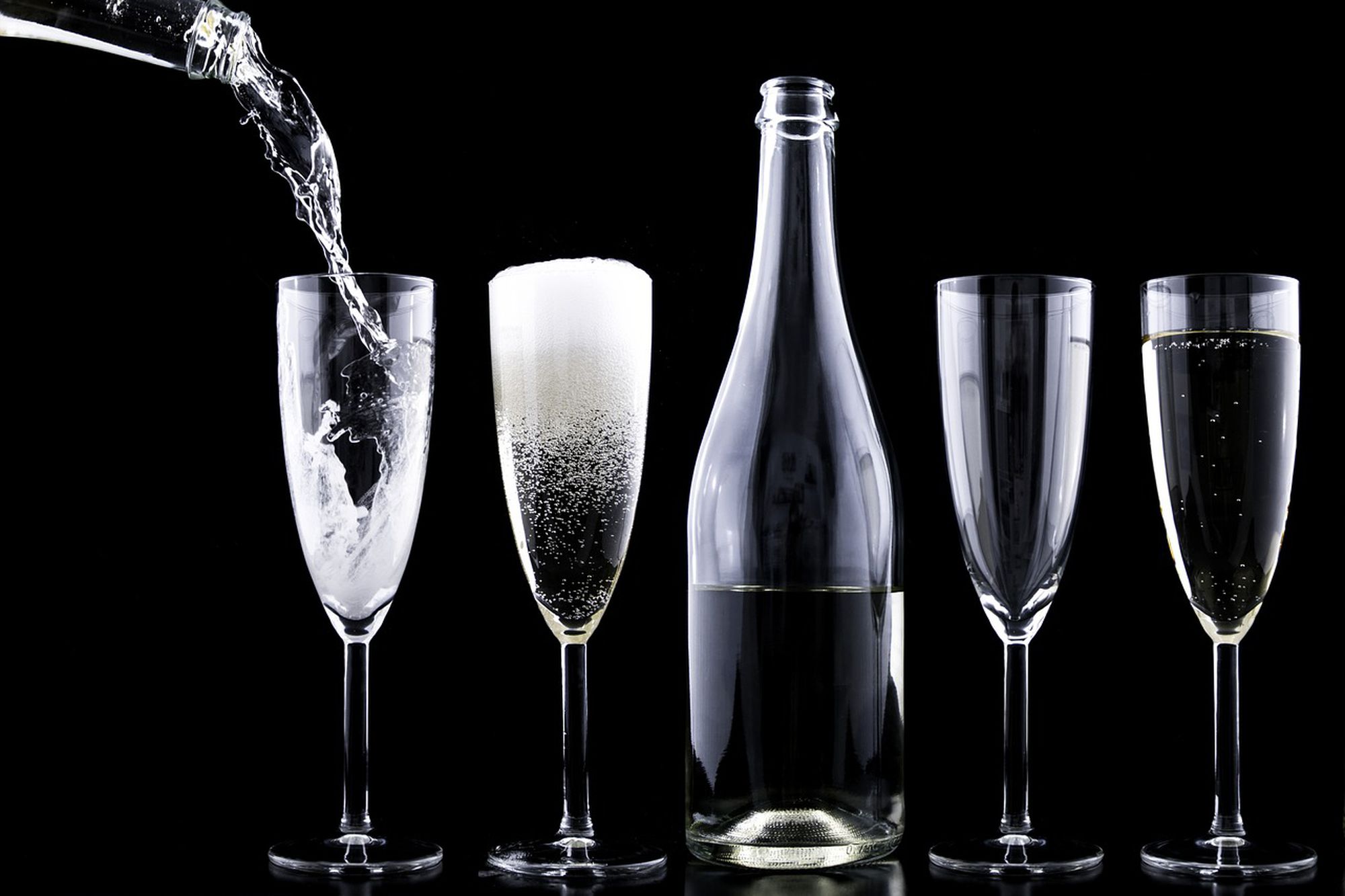

Interior Design Trends
What Is A Champagne Glass Called
Modified: August 17, 2024
Discover the latest interior design trends for champagne glasses and elevate your entertaining style. Explore unique and stylish options for your next celebration.
(Many of the links in this article redirect to a specific reviewed product. Your purchase of these products through affiliate links helps to generate commission for Storables.com, at no extra cost. Learn more)
Introduction
Champagne, the effervescent symbol of celebration and luxury, has been cherished for centuries. Whether it's a joyous occasion, a milestone, or simply a moment of indulgence, the clinking of champagne glasses evokes a sense of elegance and festivity. However, have you ever wondered about the significance of the glassware used to savor this exquisite beverage? The vessel from which we sip champagne is not merely a container; it is a crucial element that can enhance the entire tasting experience.
In this comprehensive guide, we will delve into the world of champagne glasses, exploring their history, diverse types, and the purpose behind their unique shapes. Understanding the nuances of champagne glassware is not only intriguing but also essential for anyone who appreciates the art of savoring this sparkling elixir. So, let's embark on a captivating journey through the fascinating realm of champagne glasses, where elegance meets functionality, and tradition intertwines with innovation.
Key Takeaways:
- Champagne glasses have a rich history, evolving from shallow coupe glasses to sleek flutes, each designed to enhance the visual appeal and effervescence of champagne.
- The shape of a champagne glass is not just for looks; it plays a crucial role in enhancing the sensory experience, from showcasing bubbles to concentrating aromas.
Read more: How To Decorate A Champagne Glass
The History of Champagne Glasses
The history of champagne glasses is a captivating tale that intertwines with the evolution of champagne itself. To comprehend the significance of these exquisite vessels, we must journey back to the origins of champagne and the early vessels used to contain this effervescent elixir.
Champagne, with its origins traced back to the Champagne region of France, has been celebrated for centuries. In the 17th century, the effervescence of this sparkling wine presented a unique challenge – the traditional goblets and tankards of the time were unable to contain the bubbles, leading to frequent spillage and loss of the precious liquid. This predicament prompted the development of specialized glassware that could accommodate the unique characteristics of champagne.
The earliest champagne glasses, known as coupe glasses, emerged during the 17th century. These shallow, wide-rimmed vessels were inspired by the shape of a woman's breast, and their design aimed to showcase the effervescence of champagne. However, as time progressed, it became evident that coupe glasses were not ideal for preserving the carbonation of champagne, as the wide surface area allowed the bubbles to dissipate rapidly.
In the 19th century, the champagne flute made its debut, offering a more practical solution. The elongated, narrow shape of the flute was designed to maintain the carbonation of champagne, allowing the bubbles to gracefully ascend from the base to the surface. This innovation revolutionized the champagne-drinking experience, emphasizing the importance of preserving the wine's effervescence and aroma.
As the appreciation for champagne continued to flourish, glassmakers and designers sought to further refine the vessels used for serving this esteemed beverage. This quest for perfection led to the creation of diverse champagne glass styles, each with its unique attributes tailored to enhance the sensory experience of savoring champagne.
The history of champagne glasses reflects the enduring pursuit of elevating the enjoyment of champagne, from the early coupe glasses to the sleek and sophisticated flutes and tulip-shaped glasses of today. This evolution underscores the profound impact of glassware on the perception and enjoyment of champagne, highlighting the intricate relationship between form, function, and the art of savoring this effervescent delight.
Types of Champagne Glasses
The world of champagne glasses encompasses a diverse array of styles, each meticulously crafted to accentuate the unique characteristics of this revered sparkling wine. From classic flutes to modern tulip-shaped glasses, the variety of champagne glassware offers an intriguing spectrum of choices for aficionados and connoisseurs alike.
-
Champagne Flutes:
- The quintessential champagne flute, characterized by its elongated, narrow bowl and slender stem, is a timeless symbol of elegance. This iconic design serves a dual purpose – it showcases the mesmerizing ascent of bubbles, while also preserving the effervescence and aromas of the champagne. The elongated shape allows the bubbles to gracefully rise from the base to the surface, enhancing the visual allure and maintaining the wine's carbonation.
-
Tulip-Shaped Glasses:
- With a shape reminiscent of a tulip blossom, these glasses offer a contemporary twist on traditional champagne flutes. The slightly wider bowl tapers towards the top, allowing ample space for the aromas to concentrate, enriching the sensory experience. The tulip-shaped design captures and directs the delicate aromas towards the nose, heightening the appreciation of the champagne's bouquet.
-
Coupe Glasses:
- The coupe, with its shallow, wide-rimmed bowl, exudes a vintage charm and historical significance. While its popularity has waned in modern times due to concerns about preserving carbonation, it remains an iconic symbol of classic elegance. The coupe glass is favored for serving champagne cocktails and adds a touch of nostalgia to celebratory occasions.
-
Vintage-Style Glasses:
- Inspired by the opulence of bygone eras, vintage-style champagne glasses feature intricate designs, etchings, and embellishments. These ornate vessels evoke a sense of grandeur and are often sought after for formal gatherings and lavish celebrations. The elaborate craftsmanship and decorative elements add a touch of luxury to the champagne-drinking experience.
-
Modern Innovations:
- Contemporary glassware designers have introduced innovative variations, such as stemless champagne glasses and uniquely shaped vessels that challenge traditional norms. These avant-garde creations offer a fresh perspective on champagne consumption, blending modern aesthetics with functional design elements.
The diverse range of champagne glasses reflects the evolving preferences and tastes of enthusiasts, as well as the enduring allure of this sparkling libation. Whether embracing the timeless sophistication of classic flutes or exploring avant-garde interpretations, the world of champagne glasses invites enthusiasts to elevate their tasting experience through the artful selection of glassware that complements and enhances the nuances of this effervescent delight.
The Purpose of the Shape
The design of a champagne glass is not merely a matter of aesthetics; it plays a pivotal role in enhancing the sensory experience of savoring this effervescent elixir. Each unique shape and style of champagne glass is meticulously crafted to accentuate specific aspects of the champagne, from its visual allure to its aromatic bouquet and effervescence. Understanding the purpose behind the shape of champagne glasses unveils the intricate interplay between form and function, shedding light on how these vessels elevate the enjoyment of this revered sparkling wine.
Visual Appeal and Effervescence
The elongated, narrow bowl of the classic champagne flute serves as a captivating stage for the mesmerizing ascent of bubbles. As the effervescent pearls gracefully rise from the base to the surface, the flute showcases this enchanting display, adding a touch of visual splendor to the champagne-drinking experience. The slender shape of the flute not only accentuates the effervescence but also helps maintain the carbonation, ensuring that each sip is accompanied by the delightful sensation of fizz on the palate.
Read more: What Does A Champagne Glass Look Like
Aromas and Sensory Enrichment
The tulip-shaped champagne glass, with its wider bowl that tapers towards the top, is designed to concentrate and direct the delicate aromas of the champagne towards the nose. This shape allows the bouquet of the wine to unfold gradually, enriching the sensory journey with its nuanced aromatics. By capturing and channeling the intricate scents, the tulip-shaped glass heightens the appreciation of the champagne's complex aromatic profile, inviting enthusiasts to savor each nuanced note with heightened discernment.
Historical Significance and Nostalgia
The shallow, wide-rimmed bowl of the coupe glass, although less favored for preserving carbonation, holds historical significance and exudes a timeless charm. Its association with vintage elegance and the bygone era of classic cocktails evokes a sense of nostalgia, adding a touch of historical allure to celebratory occasions. While its practicality for preserving effervescence may be limited, the coupe glass remains a beloved symbol of timeless sophistication and a testament to the enduring legacy of champagne culture.
Personalized Preferences and Modern Interpretations
In the realm of modern champagne glassware, innovative designs and variations cater to diverse preferences and contemporary aesthetics. Stemless champagne glasses and avant-garde vessels challenge traditional norms, offering a fresh perspective on champagne consumption. These modern interpretations provide enthusiasts with the freedom to personalize their tasting experience, embracing unconventional shapes that resonate with their individual style and preferences.
The purpose of the shape of champagne glasses transcends mere functionality; it embodies a harmonious fusion of artistry, tradition, and sensory enrichment. Each unique design element, from the elongated flutes to the contemporary innovations, contributes to the multi-faceted pleasure of savoring champagne, inviting enthusiasts to embark on a captivating sensory journey that celebrates the exquisite nuances of this revered sparkling libation.
How to Choose the Right Champagne Glass
Selecting the right champagne glass is a nuanced art that can significantly enhance the enjoyment of this effervescent elixir. When navigating the diverse array of champagne glass styles, several key considerations can guide enthusiasts towards an informed and gratifying choice.
First and foremost, the shape of the champagne glass plays a pivotal role in accentuating the sensory attributes of the wine. For those who appreciate the visual allure and effervescence of champagne, classic flutes with their elongated, narrow bowls are an ideal choice. The slender design elegantly showcases the mesmerizing ascent of bubbles, adding a touch of visual splendor to the tasting experience. Alternatively, tulip-shaped glasses, with their wider bowls that taper towards the top, are tailored for enthusiasts who seek to concentrate and savor the nuanced aromas of champagne. This design enriches the sensory journey, allowing the bouquet of the wine to unfold gradually, inviting enthusiasts to discern each delicate note with heightened appreciation.
Furthermore, the occasion and setting can influence the selection of champagne glasses. For formal gatherings and celebratory events, vintage-style glasses with ornate designs and embellishments exude an air of grandeur, adding a touch of opulence to the affair. In contrast, modern interpretations and avant-garde variations cater to contemporary aesthetics, offering a personalized touch to the champagne-drinking experience. Stemless champagne glasses, with their unconventional yet stylish appeal, present a modern alternative that resonates with individual preferences and complements casual settings with a dash of sophistication.
Additionally, the material of the champagne glass warrants consideration, as it can impact the overall tasting experience. Crystal glasses, renowned for their clarity and delicacy, enhance the visual presentation of champagne and contribute to a refined aesthetic. On the other hand, durable and practical glassware crafted from high-quality glass offers a versatile option for everyday enjoyment, striking a balance between functionality and elegance.
Ultimately, the choice of the right champagne glass is a reflection of personal preferences, occasion, and the desire to elevate the sensory experience. Whether embracing the timeless allure of classic flutes, indulging in the opulence of vintage-style glasses, or embracing modern interpretations, the art of selecting the perfect champagne glass is an invitation to celebrate the exquisite nuances of this revered sparkling libation in a manner that resonates with individual style and appreciation.
The traditional tall, narrow glass used for serving champagne is called a flute. It helps to preserve the bubbles and aromas of the champagne.
Read more: What Is A Wine Glass Called
Conclusion
In conclusion, the world of champagne glasses embodies a captivating fusion of tradition, innovation, and sensory enrichment. From the historical evolution of glassware to the diverse array of contemporary styles, the significance of champagne glasses extends far beyond mere vessels for serving a sparkling libation. The journey through the history, types, and purpose of champagne glasses unveils a profound appreciation for the artistry and functionality that underpin these exquisite vessels.
The evolution of champagne glasses reflects the enduring quest to elevate the enjoyment of champagne, from the early coupe glasses to the sleek and sophisticated flutes and tulip-shaped glasses of today. Each style, whether classic or modern, carries a unique narrative that intertwines with the rich tapestry of champagne culture, offering enthusiasts a diverse spectrum of choices to enhance their tasting experience.
The purpose of the shape of champagne glasses transcends mere functionality; it embodies a harmonious fusion of artistry, tradition, and sensory enrichment. Each unique design element, from the elongated flutes to the contemporary innovations, contributes to the multi-faceted pleasure of savoring champagne, inviting enthusiasts to embark on a captivating sensory journey that celebrates the exquisite nuances of this revered sparkling libation.
Selecting the right champagne glass is a nuanced art that can significantly enhance the enjoyment of this effervescent elixir. The choice of the perfect champagne glass is a reflection of personal preferences, occasion, and the desire to elevate the sensory experience. Whether embracing the timeless allure of classic flutes, indulging in the opulence of vintage-style glasses, or embracing modern interpretations, the art of selecting the perfect champagne glass is an invitation to celebrate the exquisite nuances of this revered sparkling libation in a manner that resonates with individual style and appreciation.
In essence, the world of champagne glasses invites enthusiasts to embark on a captivating journey that celebrates the art of savoring champagne, where elegance meets functionality, and tradition intertwines with innovation. As the effervescent elixir continues to captivate hearts and palates, the vessels from which it is savored serve as timeless companions, enhancing the sensory delight and adding a touch of sophistication to every celebratory toast. Cheers to the enduring allure of champagne glasses, where every sip is a symphony of elegance and indulgence.
Frequently Asked Questions about What Is A Champagne Glass Called
Was this page helpful?
At Storables.com, we guarantee accurate and reliable information. Our content, validated by Expert Board Contributors, is crafted following stringent Editorial Policies. We're committed to providing you with well-researched, expert-backed insights for all your informational needs.
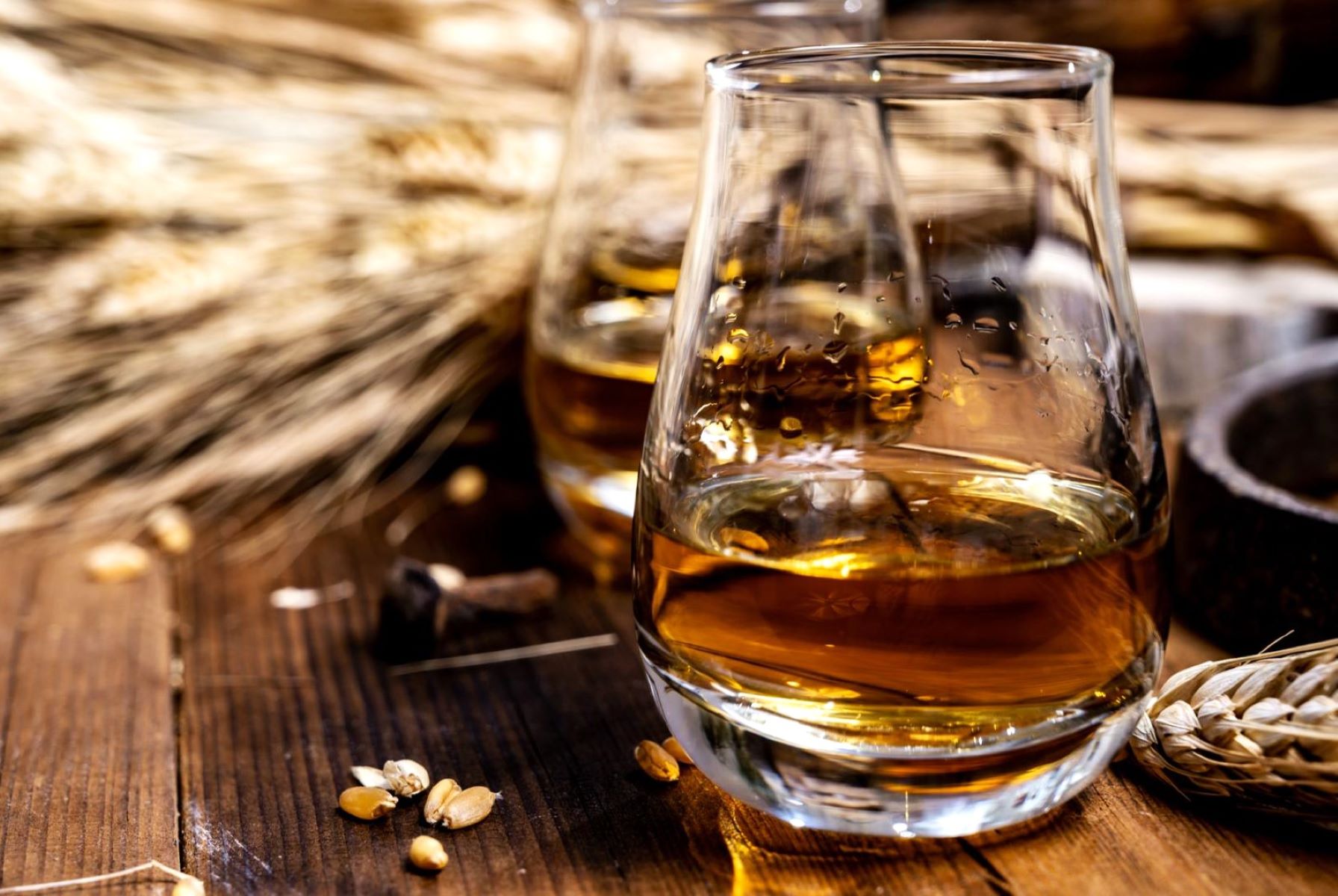
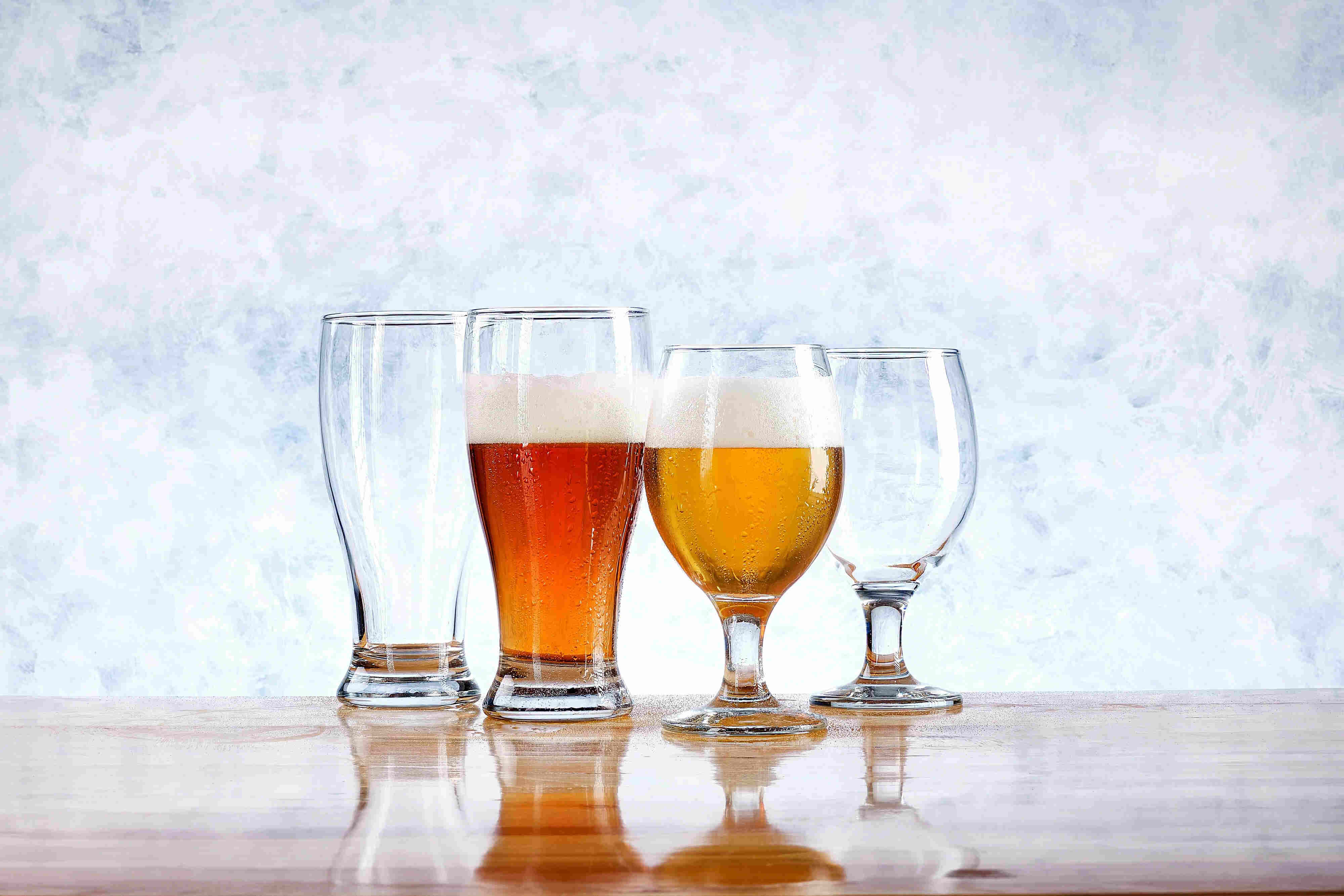
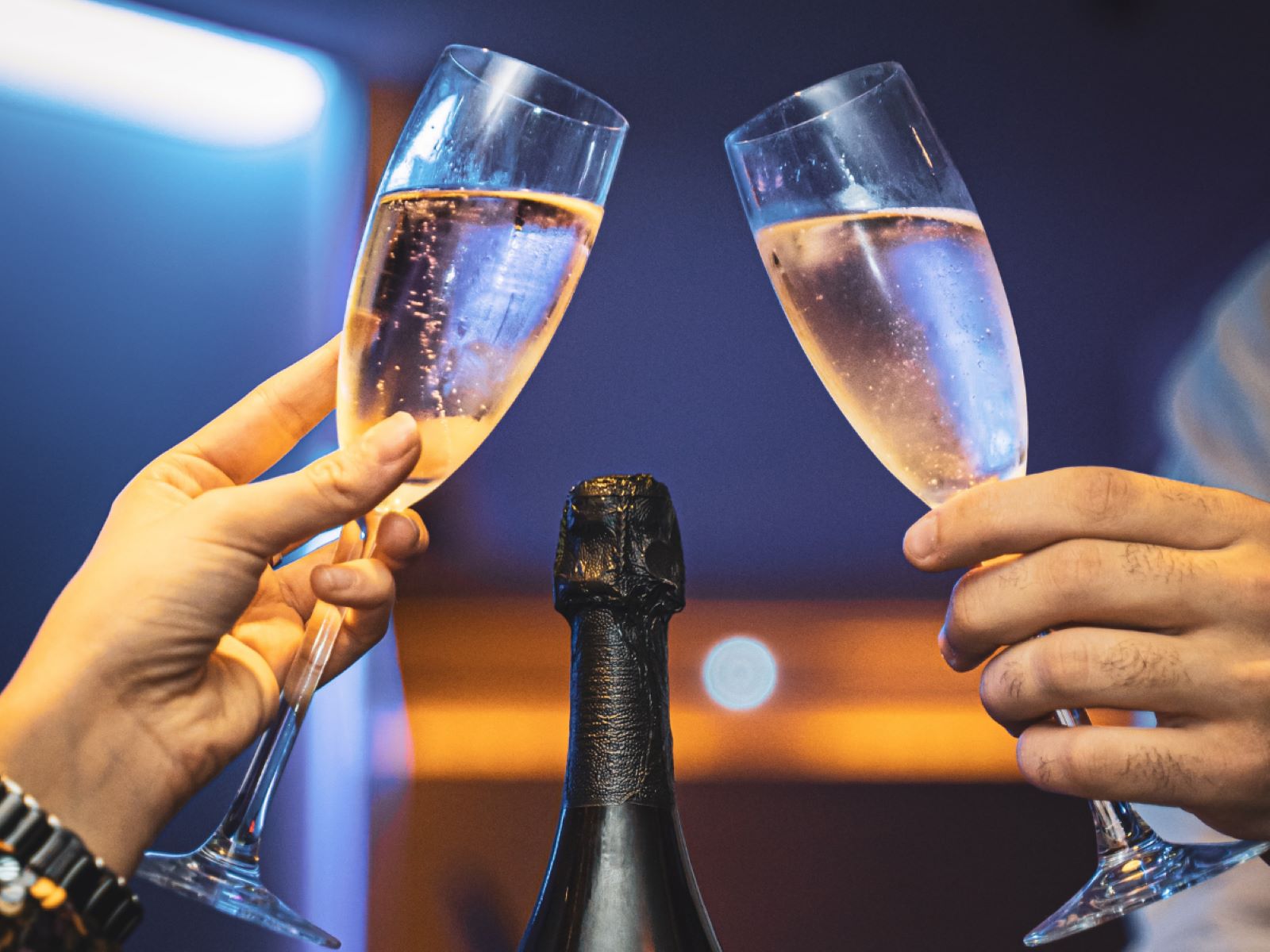
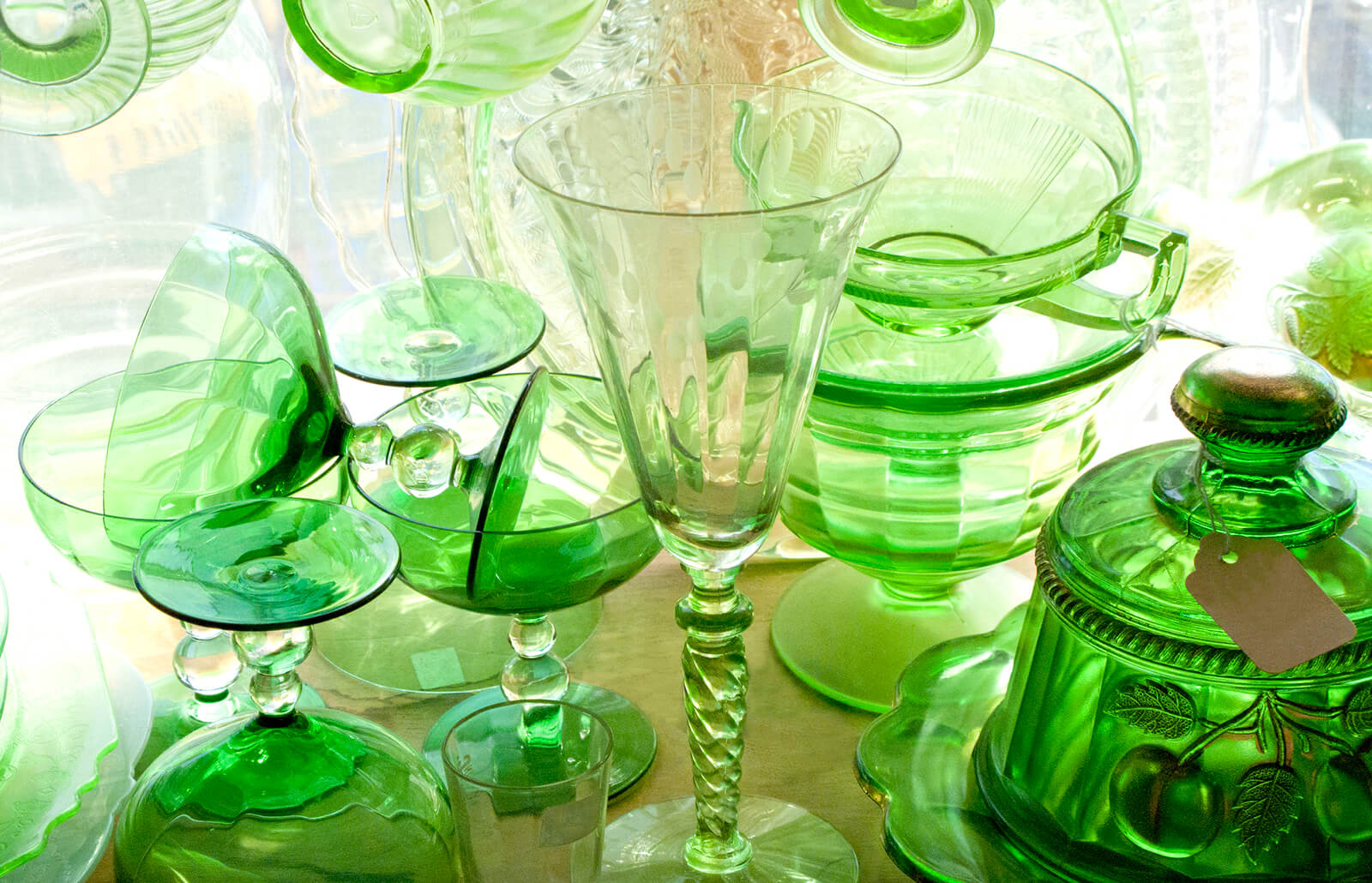
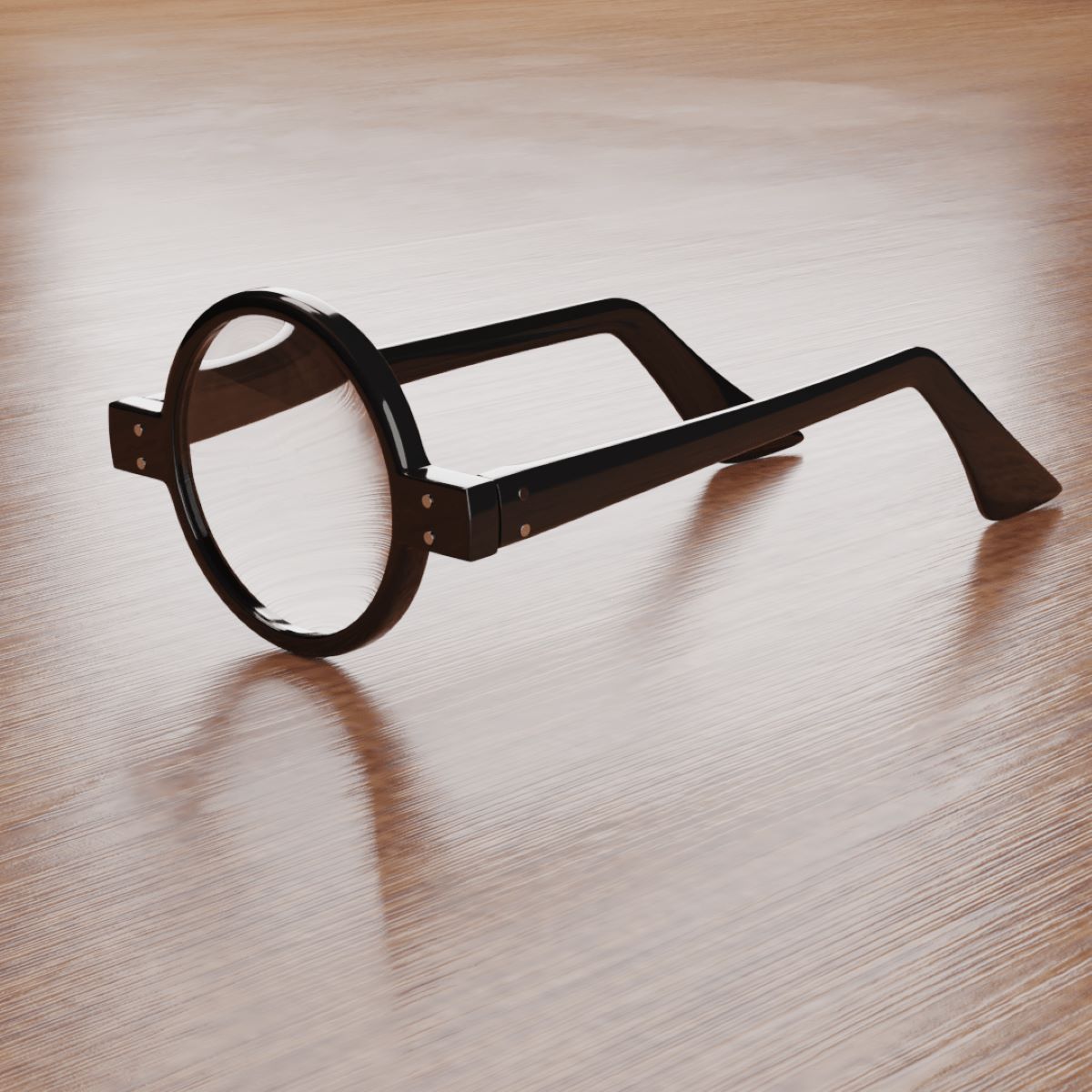
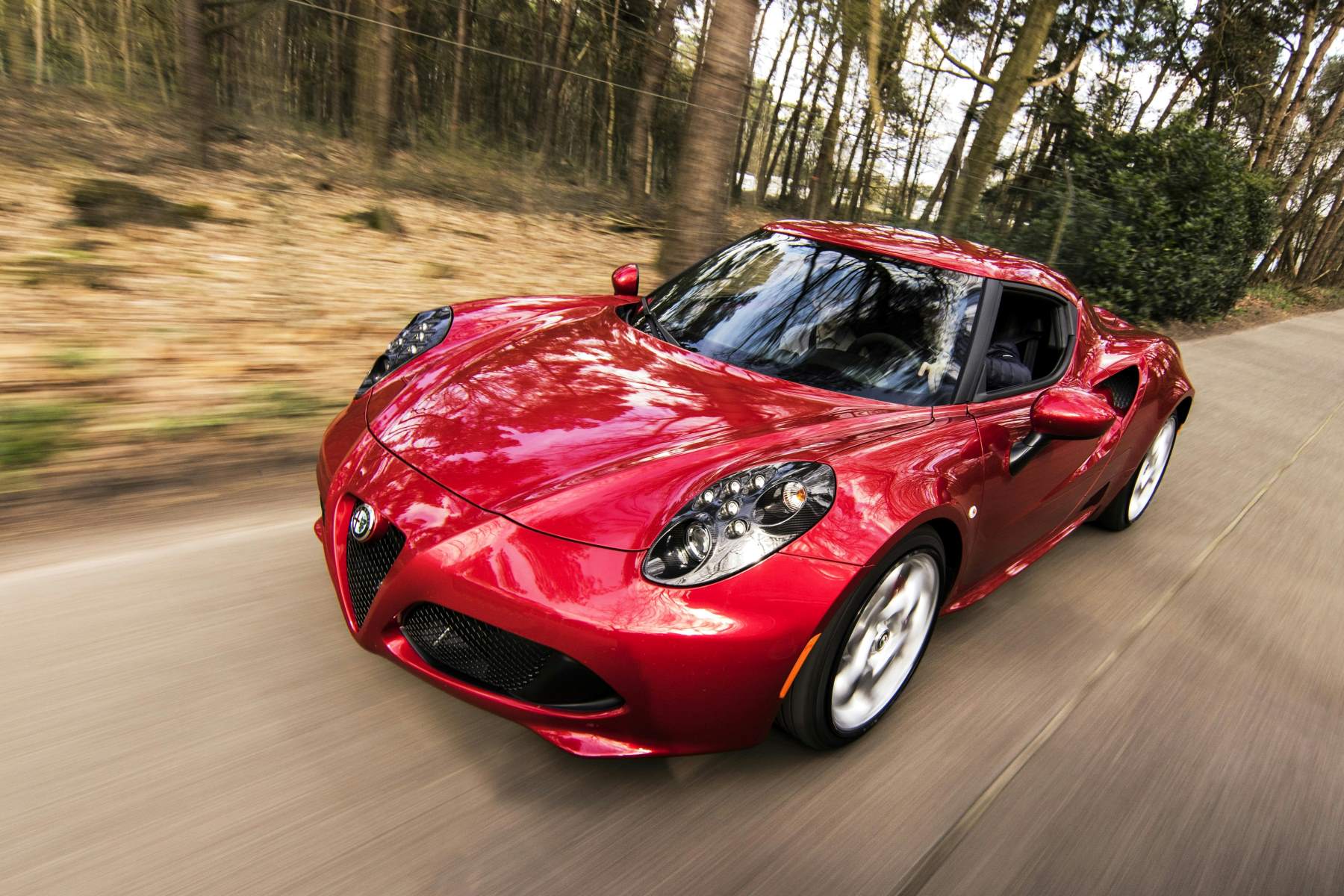
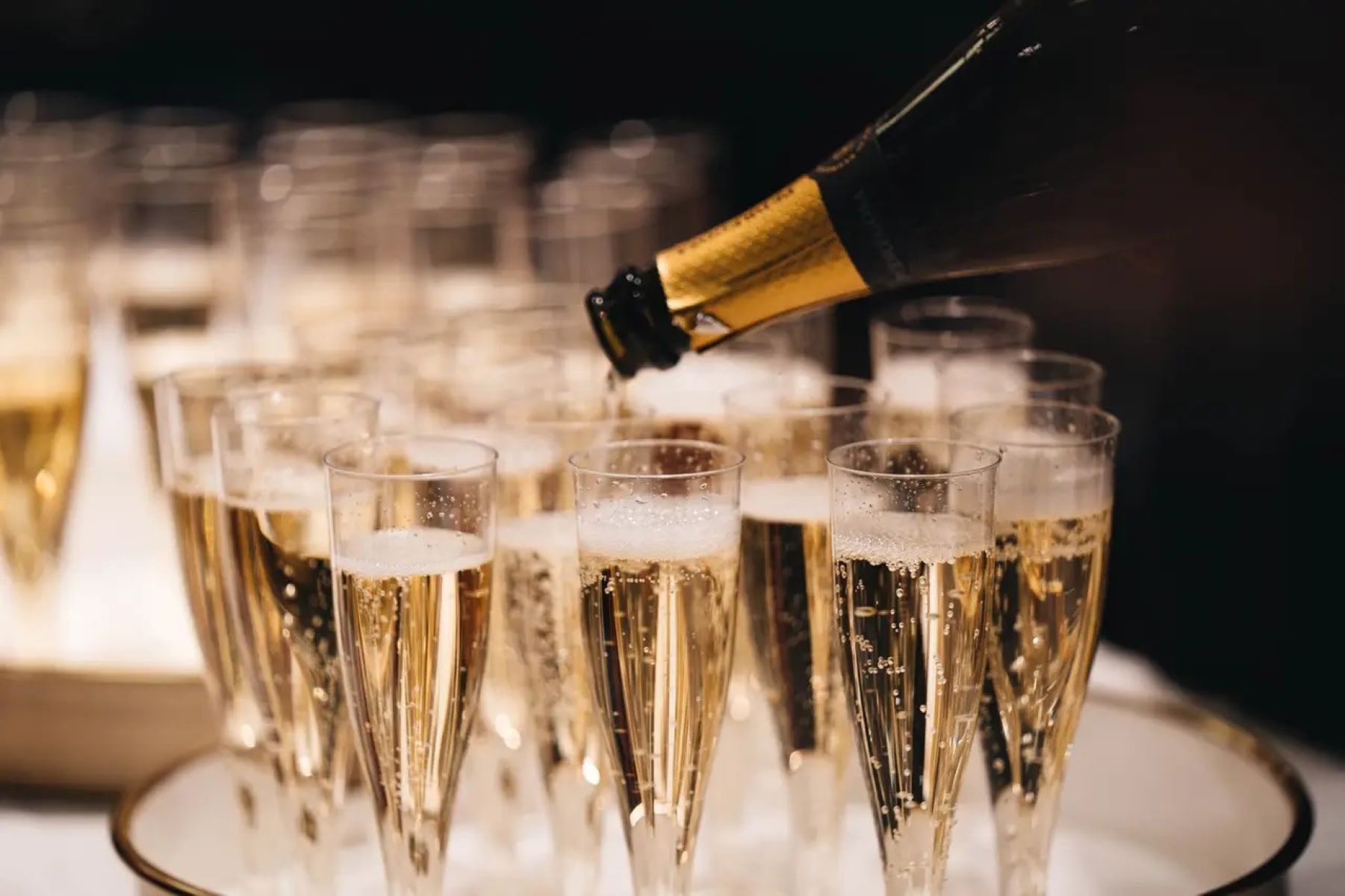
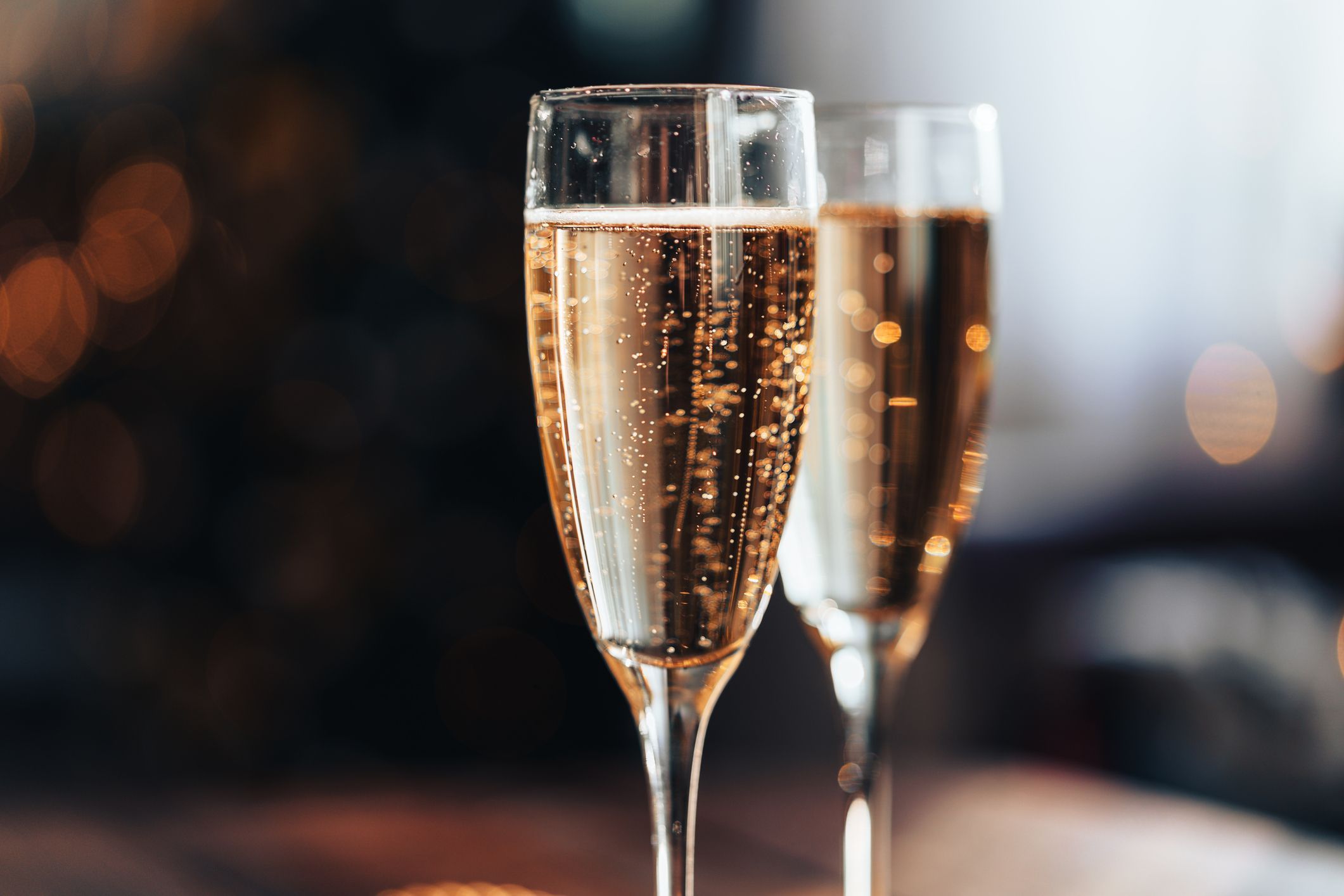
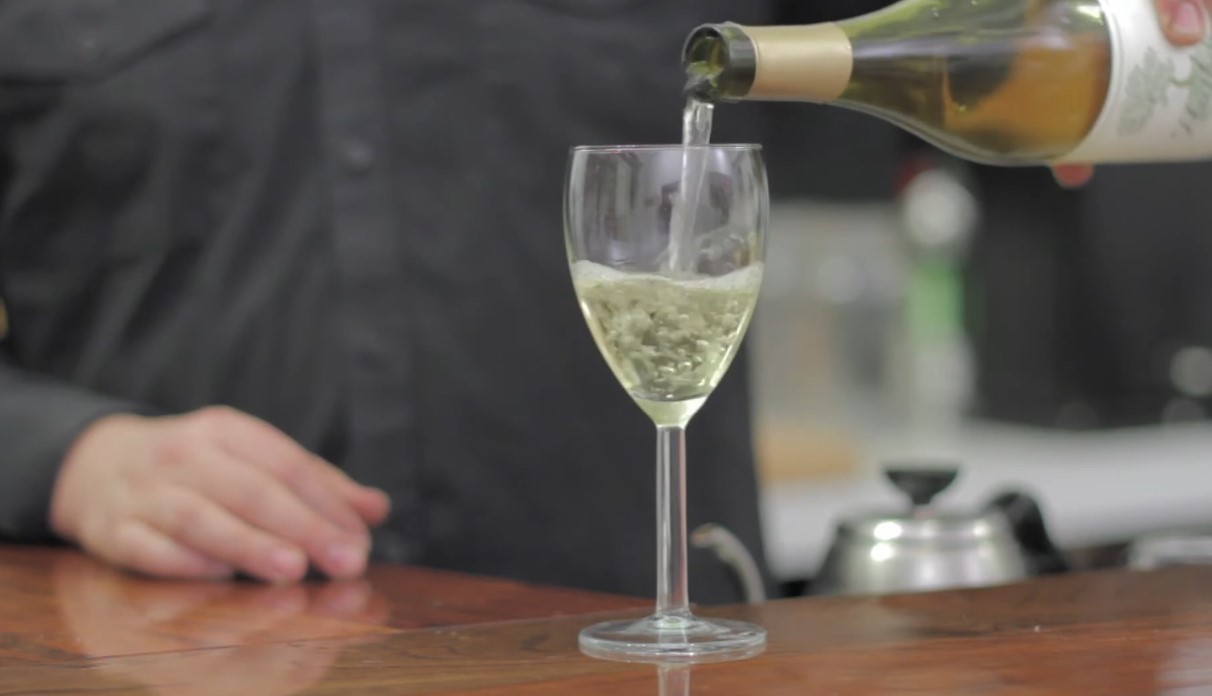
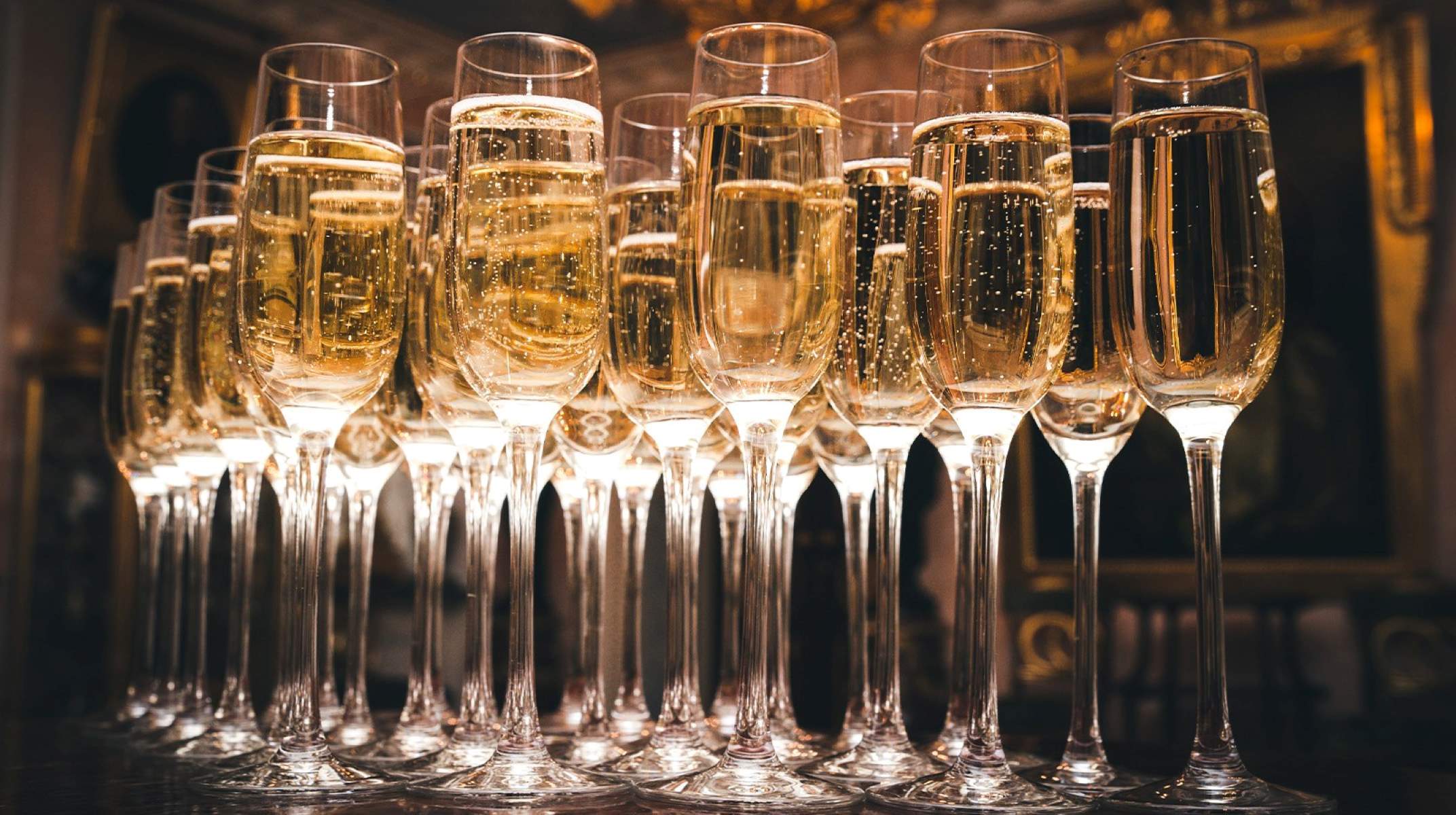
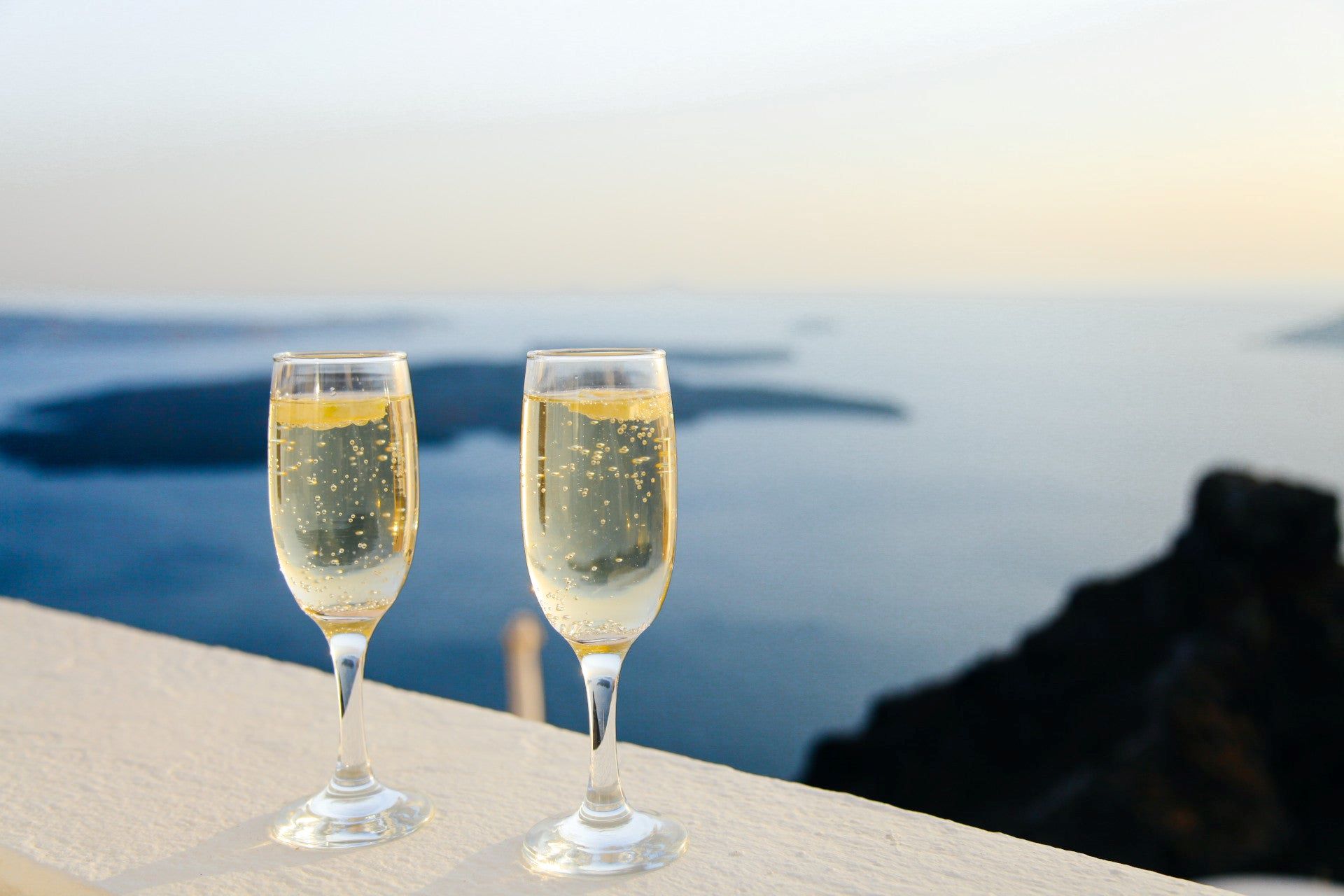
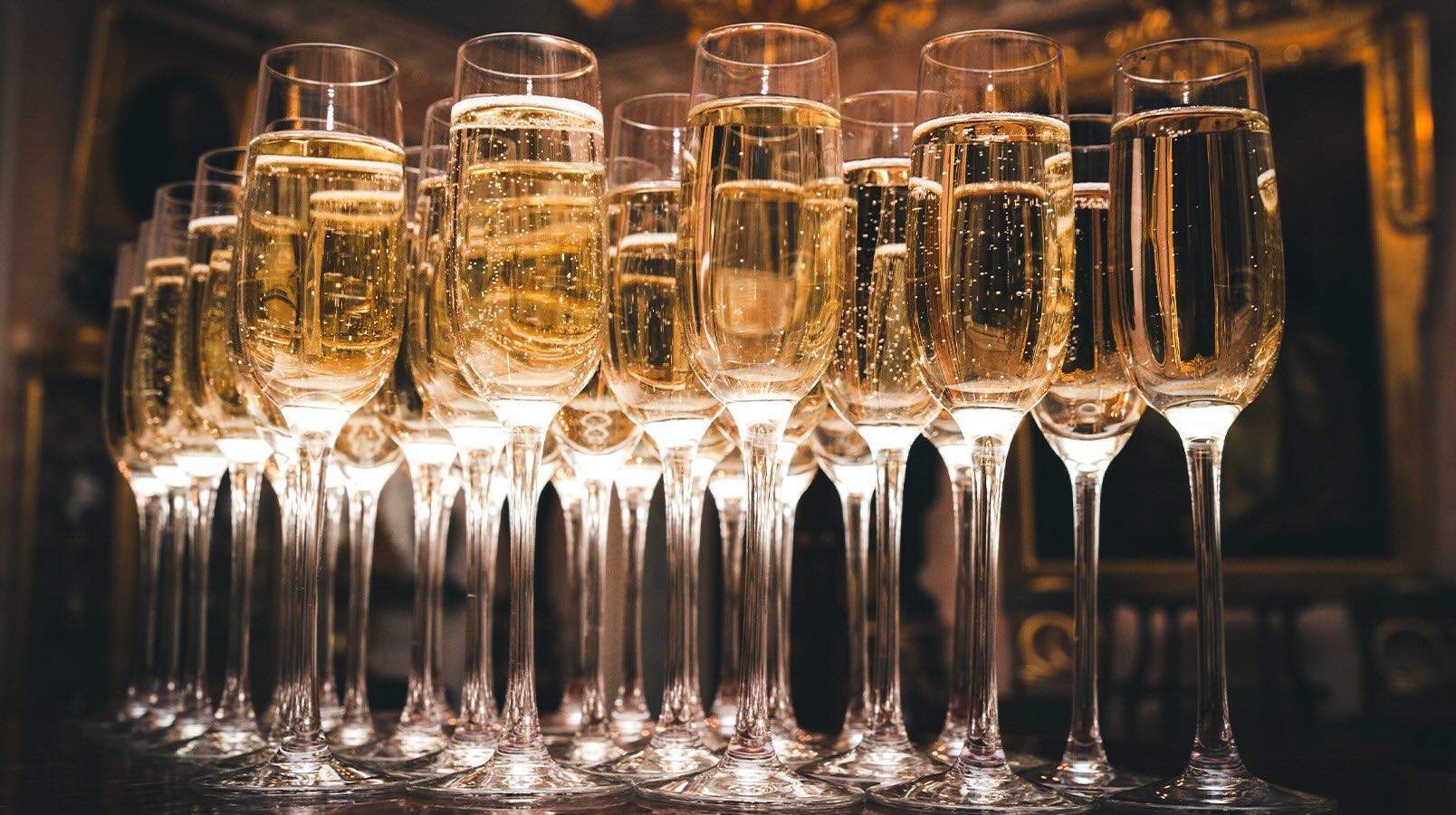
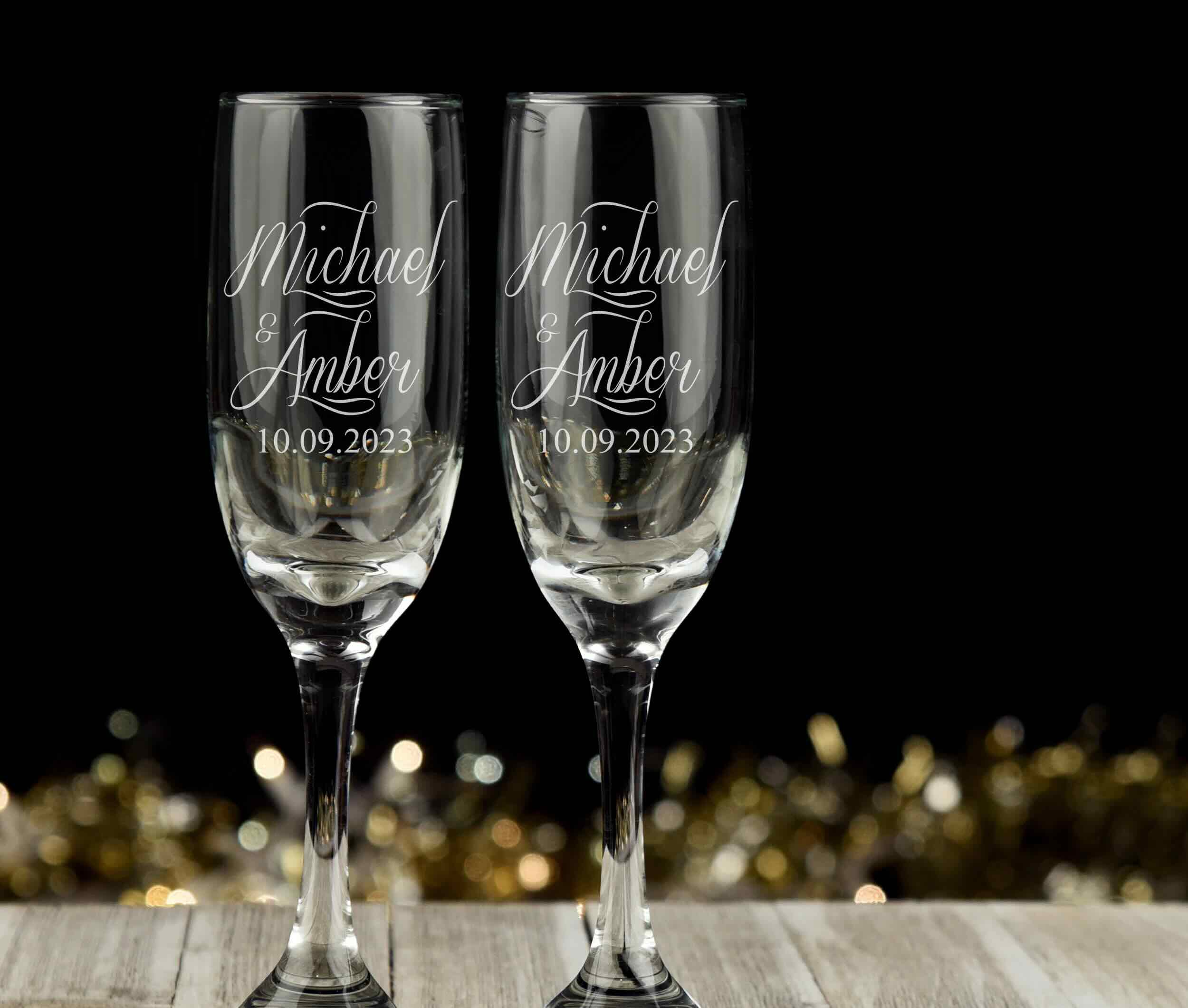

0 thoughts on “What Is A Champagne Glass Called”